Australia Native Landscape: Complete Walkthrough
Creating an Australian native landscape is more than a trend; it’s a sustainable way to design beautiful, functional outdoor spaces. By incorporating Australian native plants, you can achieve a landscape that’s cost-effective, low-maintenance, and environmentally friendly. This guide will walk you through every aspect of creating your own Australia native landscape, from choosing the right plants to understanding soil preparation and erosion control.
Why Choose an Australia Native Landscape?
An Australia native landscape is a reflection of the natural beauty and diversity found in our unique environment. Here’s why native landscaping is an excellent choice for both residential and commercial properties:
- Sustainability: Native plants are better adapted to the local climate, needing less water and minimal maintenance. This means you’re conserving water, using fewer chemicals, and reducing your carbon footprint.
- Biodiversity: A native garden attracts local wildlife, including birds, butterflies, and insects, promoting a balanced ecosystem.
- Cost-Effectiveness: With the right approach, native landscapes can reduce your gardening costs by minimizing water usage, reducing the need for fertilizers, and lowering maintenance.
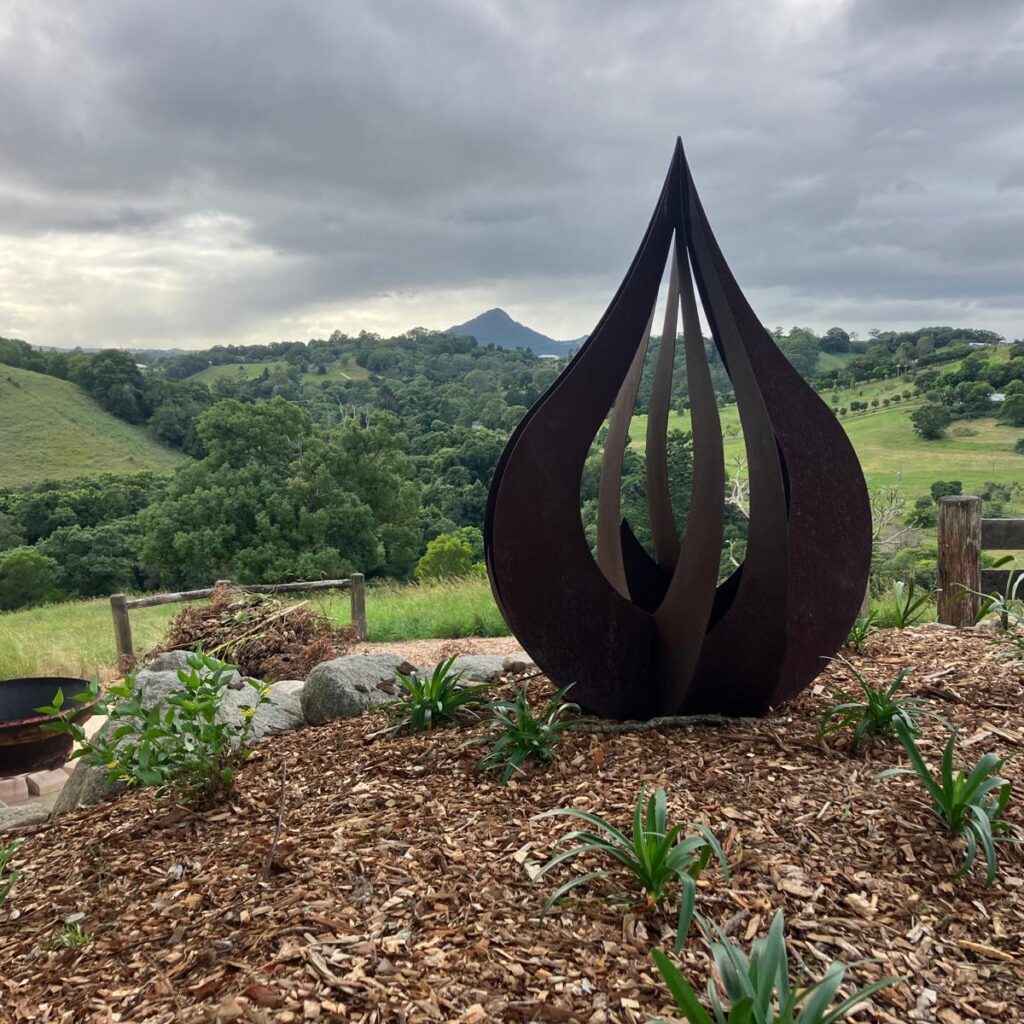
Design Ideas for Your Australia Native Landscape
Incorporating a Coastal Garden Theme
Living on the coast? Use a coastal garden theme to showcase Australian natives that thrive in sandy, salty conditions:
- Plant Choices: Choose coastal plants like banksias, coast beard-heath, and saltbush, which are perfect for coastal gardens and withstand salt spray.
- Design Elements: Use rocks, pebbles, and sand to create pathways and seating areas, and add driftwood for a rustic, natural feel.
Adding Retaining Walls for Structure and Functionality
Retaining walls provide essential support on sloped areas and also serve as a design feature that enhances the aesthetics of your landscape:
- Material Choices: Natural stone, timber, and sandstone blocks are popular for retaining walls in native landscapes, as they blend well with the natural environment.
- Purpose: Beyond erosion control, retaining walls create planting terraces and focal points in your garden design, adding depth and interest.
Creating Water-Wise Garden Zones
Designing water-efficient zones within your garden ensures that water use is optimized, even during dry seasons:
- Mulched Areas: Using mulch in garden beds is essential for water retention, helping maintain moisture levels and reducing the need for frequent watering.
- Water-Saving Irrigation: Consider a drip irrigation system for targeted watering, especially for plants that may need additional support during dry periods.
- Grouping Plants by Water Needs: Group plants with similar water needs together, ensuring efficient watering and minimizing waste.
Essential Elements of an Australia Native Landscape
When it comes to creating an Australian native garden, certain elements play a critical role in ensuring success and sustainability.
Selecting the Right Australian Native Plants
To start your native landscape, choose plants that thrive in Australia’s diverse climate. Some popular choices for Australian native plants include:
- Native Grasses: These are excellent for erosion control and add a natural texture to your landscape. Grasses like kangaroo grass and wallaby grass are both hardy and attractive.
- Flowering Natives: Plants like the bottlebrush, kangaroo paw, and native daisies add color and interest while attracting pollinators.
- Coastal Plants: If you live near the coast, consider using native species like coastal rosemary and pigface, which are well-suited to sandy soil and salt tolerance.
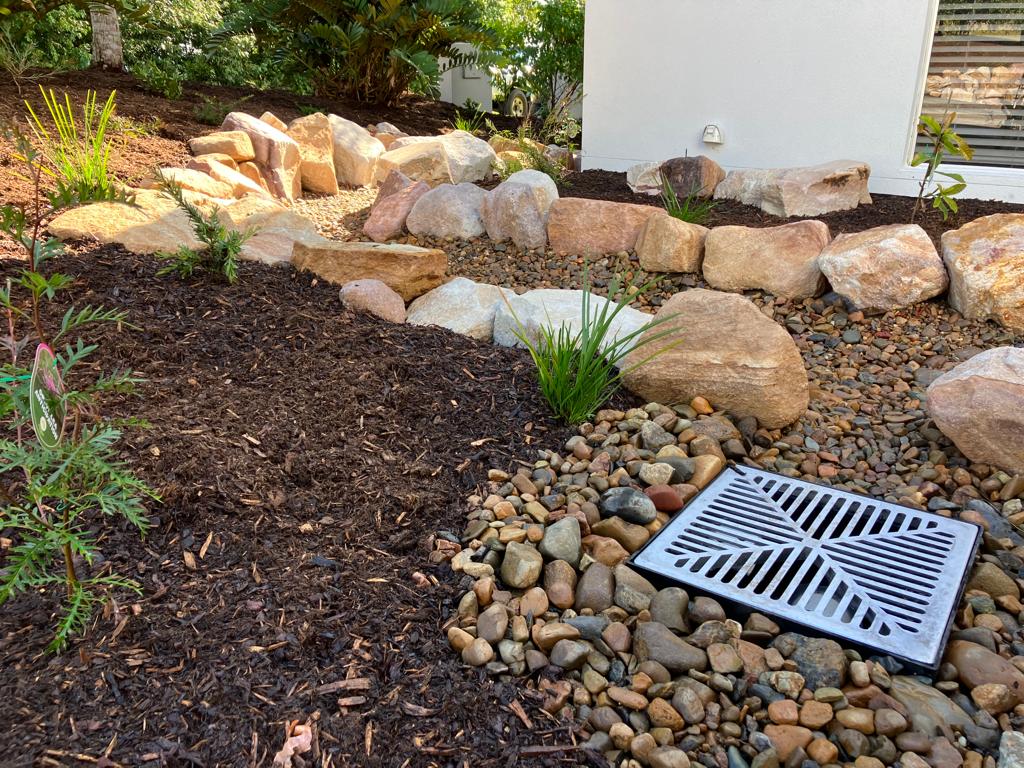
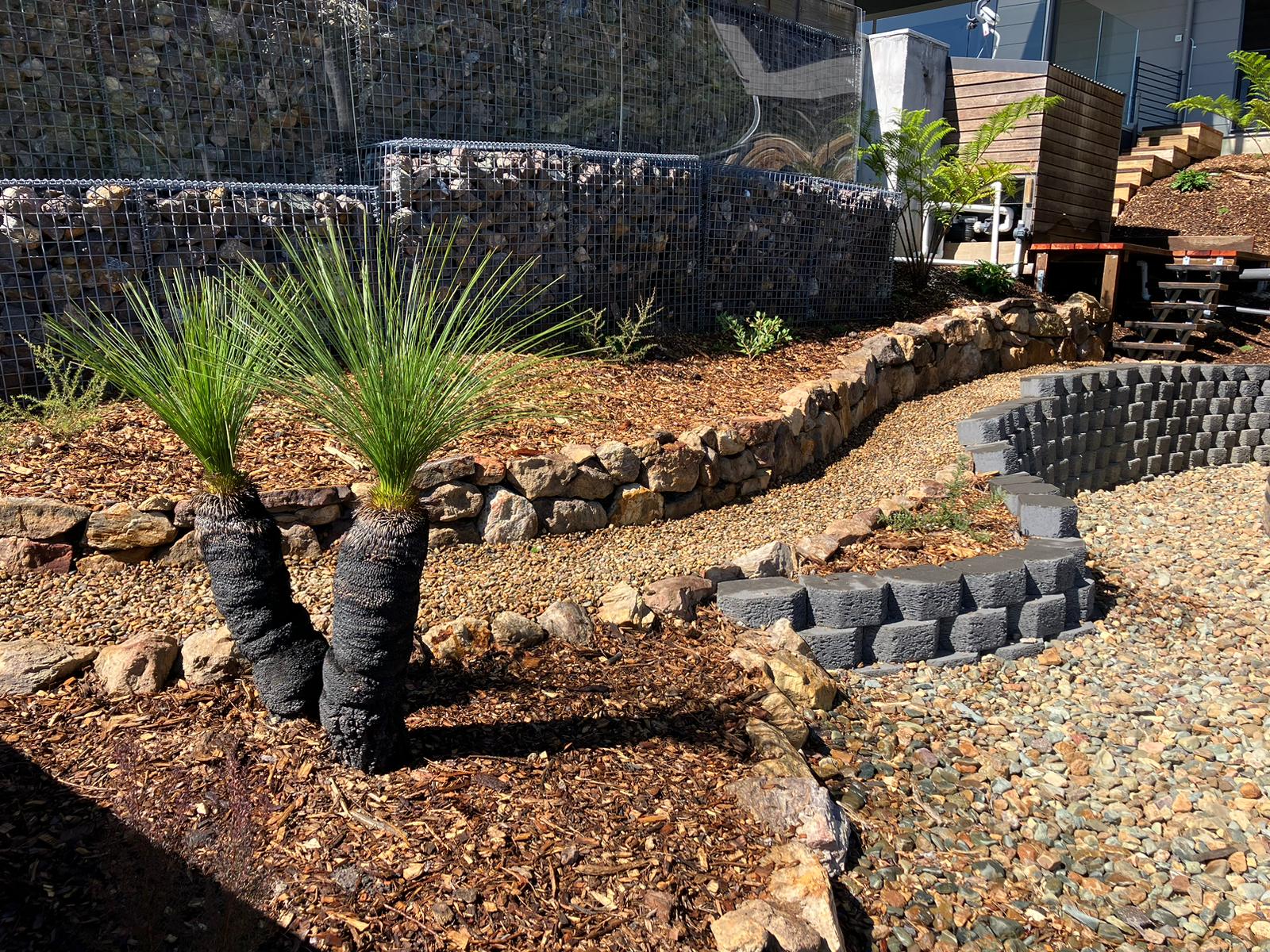
Preparing the Ground and Planting Process
Proper preparation is key to a thriving native garden. Here’s a step-by-step guide to the planting process:
- Soil Assessment: Different native plants thrive in various soil types. Test your soil and make amendments if necessary to ensure proper drainage and nutrient levels.
- Erosion Control: If your landscape is on a slope, consider installing retaining walls or using native grasses to stabilize the soil.
- Water Retention: Native plants are drought-tolerant, but adding mulch can help retain moisture and reduce evaporation, making your landscape more resilient.
- Drill Seeding: This technique is ideal for large-scale projects, allowing for even seed distribution over prepared ground. It’s especially useful for native grasses and wildflowers.
Soil Stabilization and Erosion Control Techniques
Australian landscapes are prone to soil erosion, especially in areas with heavy rainfall. Effective erosion control ensures the longevity of your native garden:
- Hydroseeding Solutions: A quick and efficient method for establishing ground cover, hydroseeding involves spraying a slurry of seeds, mulch, and fertilizers. This method is ideal for large slopes and difficult-to-access areas.
- Hydromulching: Similar to hydroseeding, hydromulching includes a thicker mulch layer, providing high levels of moisture retention and soil stabilization. It’s especially effective for sites with a risk of erosion.
- Native Grasses for Erosion Control: Use native grasses to stabilize soil, as they have deep root systems that help prevent soil erosion and support water retention.
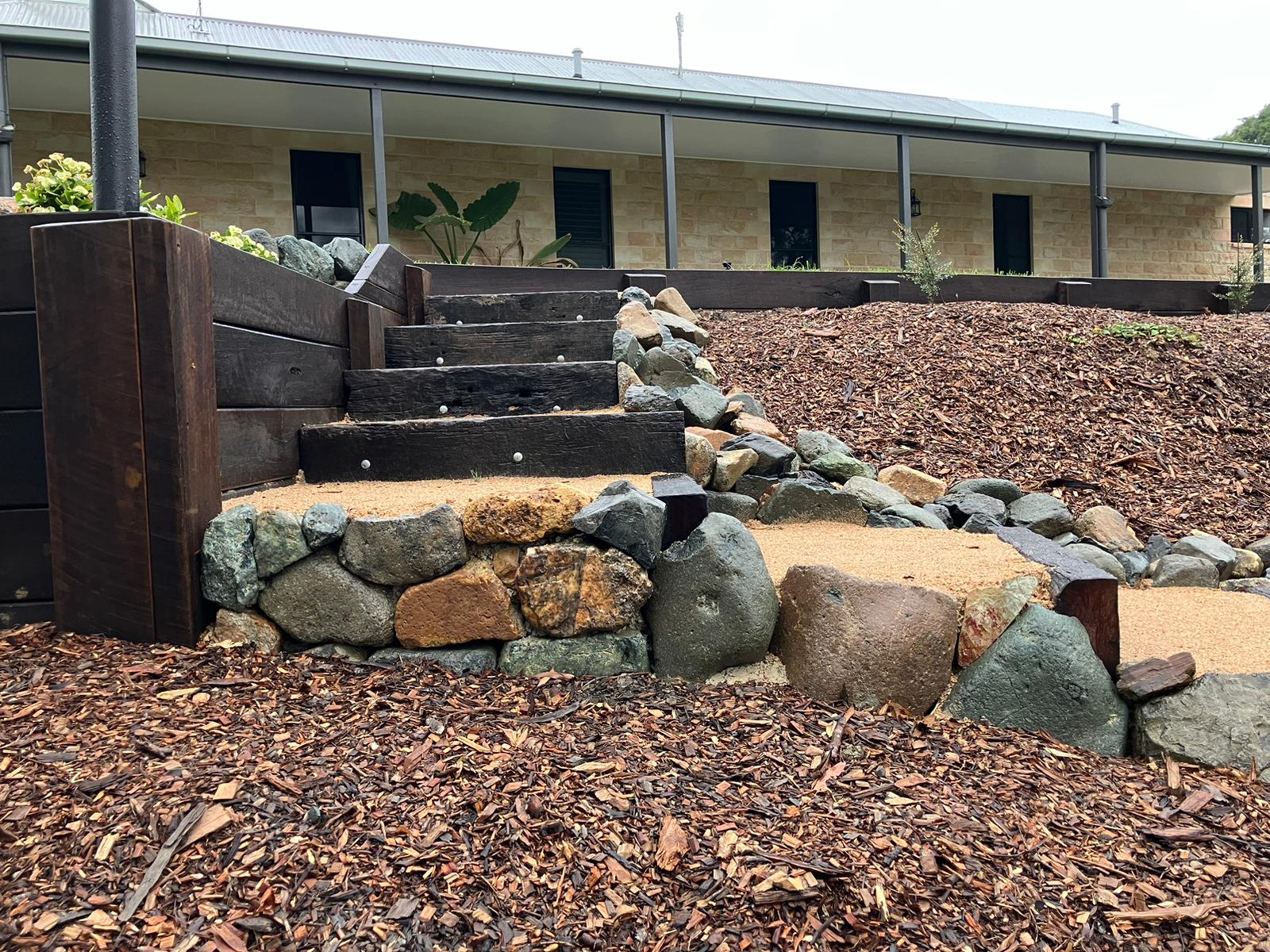
How to Maintain Your Australian Native Landscape
An Australian native landscape is relatively low-maintenance, but a few best practices can keep it looking lush and healthy year-round.
Pruning and Deadheading
Regular pruning and deadheading help maintain the shape of your plants and encourage healthy growth:
- Flowering Plants: Deadhead native flowering plants to extend blooming periods and keep them looking vibrant.
- Grasses and Shrubs: Trim native grasses and shrubs periodically to remove dead or damaged growth, promoting new shoots.
Pest Control with Minimal Chemicals
Native plants are generally more resilient to pests, but natural pest control methods can further reduce issues:
- Natural Predators: Attract beneficial insects like ladybugs and lacewings that feed on pests.
- Non-Toxic Sprays: Use organic sprays, such as neem oil or insecticidal soaps, if necessary, to control pest populations without harming the environment.
Seasonal Care for Native Plants
Each season brings different requirements for maintaining an Australian native garden:
- Spring and Summer: These seasons are ideal for planting and trimming. Water young plants regularly, especially during dry spells.
- Autumn and Winter: Mulch around the base of plants to prepare for cooler weather, and prune plants to encourage new growth in spring.
The Benefits of Working with a Landscape Designer
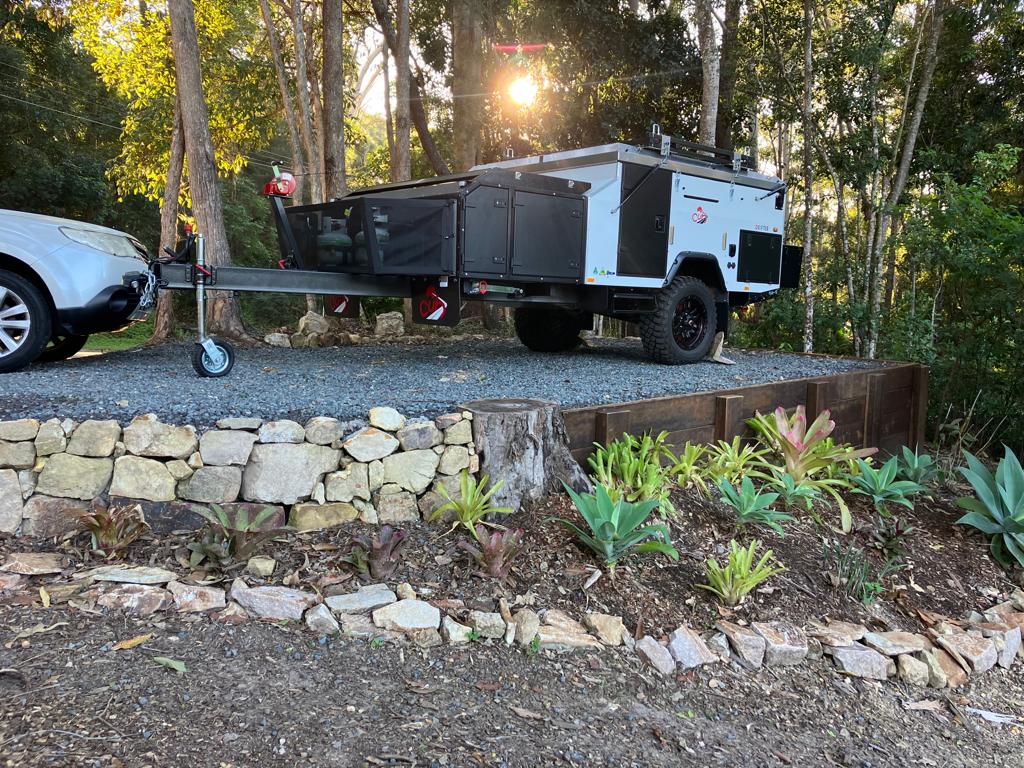
Creating a native landscape doesn’t have to be a solo project. Partnering with a skilled landscape designer can ensure that your vision comes to life with precision and sustainability.
- Professional Guidance: Landscape designers offer valuable insight into plant selection, soil improvement, and erosion control. Their expertise ensures a balanced and sustainable landscape.
- Cost-Effectiveness: Designers can help plan cost-effective solutions, including choosing appropriate plants and implementing water-saving features, like drip irrigation systems.
- Long-Term Planning: A landscape designer can help with phased planting strategies, ensuring that your garden grows and matures according to a well-planned timeline.
Conclusion: Start Your Australia Native Landscape Journey
Crafting an Australia native landscape is a rewarding endeavour that not only beautifies your property but also contributes to environmental sustainability. By incorporating native plants, effective erosion control techniques, and professional design elements, you can create a landscape that’s both stunning and functional.
Whether you’re starting from scratch or enhancing an existing garden, an Australia native landscape brings the beauty of nature right to your doorstep. Ready to begin? Contact a landscape designer today and turn your vision into reality. For more inspiration, explore additional resources on nativesstoneandwood.com.au, and get started on your journey to a beautiful native garden.

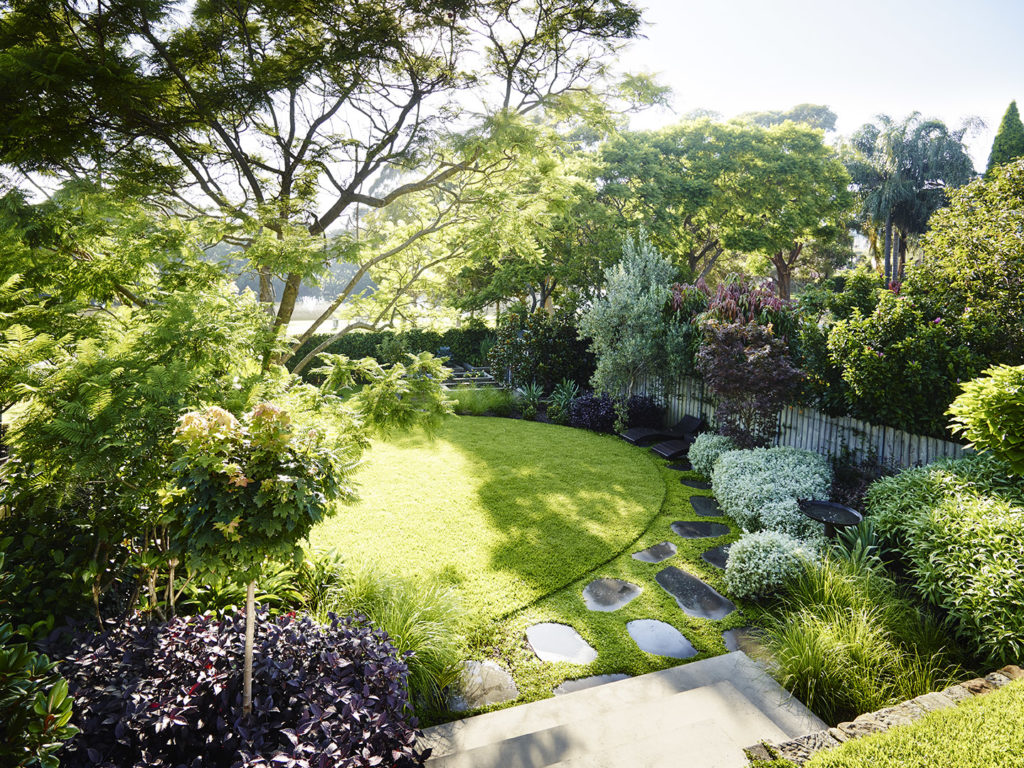
Add a Comment